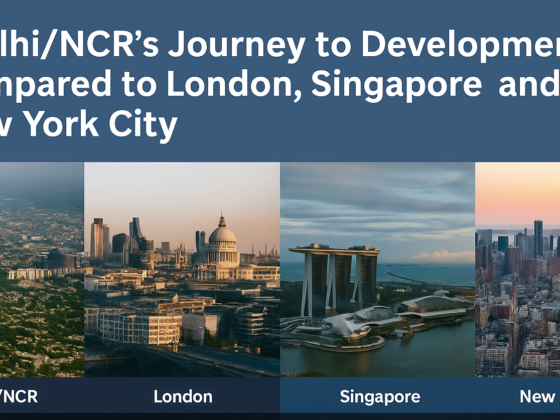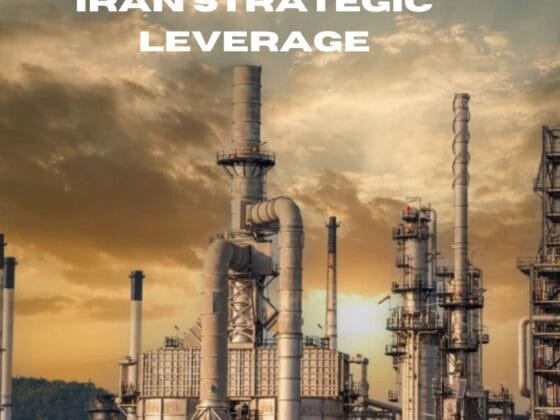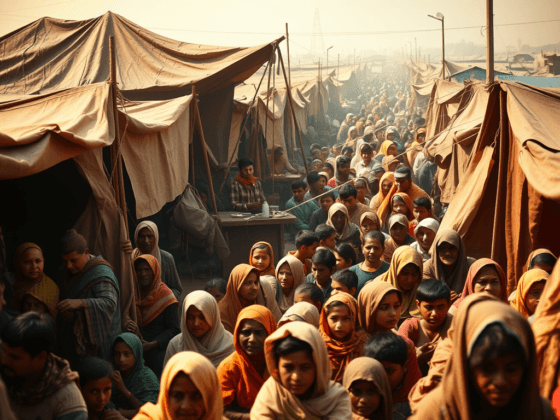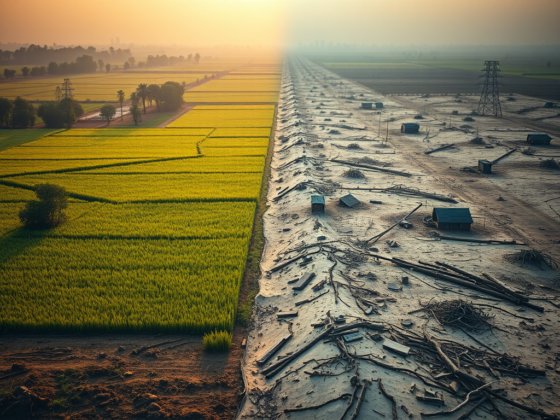India is a diverse country with a rich cultural heritage and political history. From early emperors to the British East India Company, the Indian civilization has seen many influential leaders. Many great Kings like Ashoka, Chandragupta Maurya, Akbar, Raja Ranjit Singh etc are believed to have ruled various parts of the country for brief durations and brought about instrumental changes.
Each ruler brought with itself unique ways of ruling and administrating the general public. Under Aurangzeb, a ruthless Mughal emperor, we became the colony of Britishers. They too had their own ways of carrying things out. Exploitation, slavery and poverty had shot up like never before. Today, even after decades of independence, Indian politics still remains a very dynamic and fascinating subject of interest.
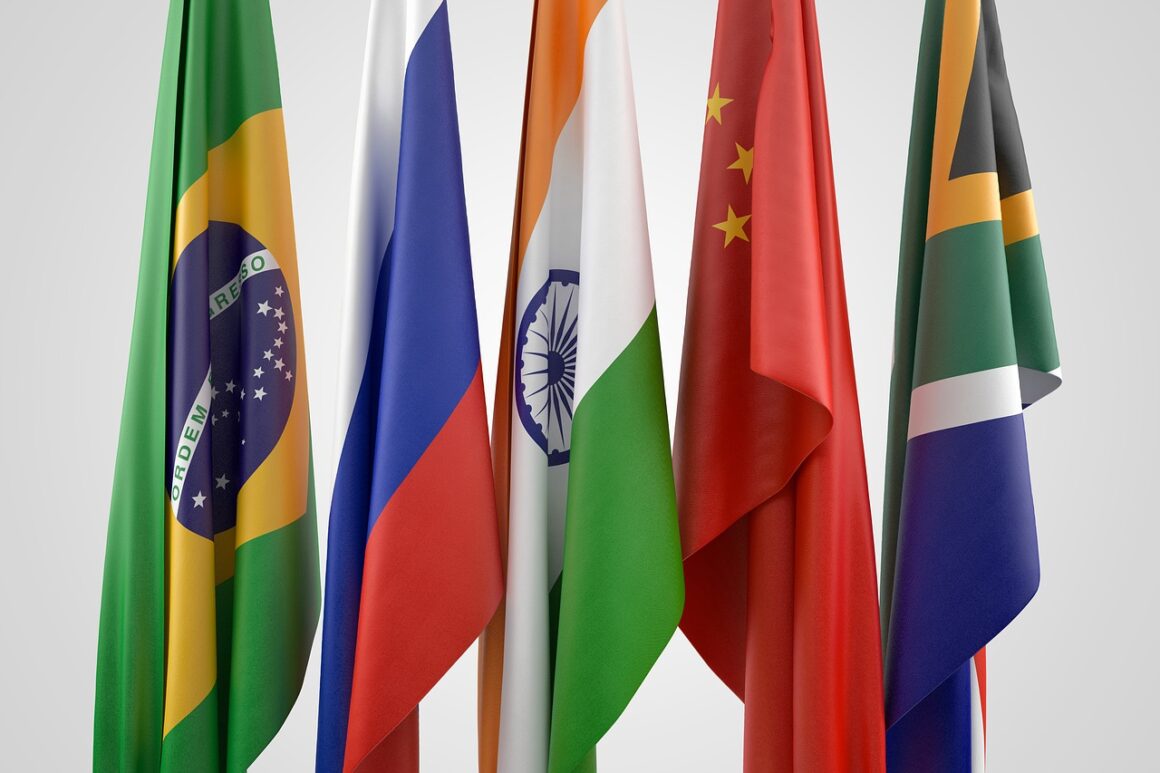
India is the largest democracy in the world. The country attained independence in 1947 after a long mass struggle. The journey till here definitely was not an easy one for Indian leaders and they had to face various challenges such as caste and communal divide, poverty, famines, international pressure etc. In 1947, as soon as we got our independence and sovereignty, Pt. Jawaharlal Nehru of the Indian National Congress party became the Prime Minister of our country.
Along with him, Dr. Rajendra Prasand took office as the first President of India. On the eve of independence, everything was still very dramatic. The partition had further escalated the tensions for both nations. Each country clueless on how to proceed with the needs of public and newly formed independent nations.
The Birth of Indian Constitution
In 1950 the country got its first written set of laws, ‘The Indian Constitution’. Rule of law began to prevail in the country. Our country, today after decades of independence, works smoothly within a set framework of rules and laws. Our constitution is the lengthiest in the world and has a detailed explanation of every article. There is a provision for bicameral legislation, that is, two houses- Rajya Sabha (Upper House) and Lok Sabha (Lower House or House of People). The constitution provides for an independent and impartial judiciary, the apex body being the Supreme Court.
Our constitution is often known as the bag of borrowings as we have adopted various features of other country’s constitutions and formulated it according to our needs. For example, the concept of Fundamental Rights has been borrowed from the constitution of America, Parliamentary form of Government, single citizenship from the British constitution and many more. The constitution begins with Preamble which declares India to be a secular, sovereign, socialist, democratic republic that secures equality, liberty and fraternity for all its citizens. Other Important features of the Indian Constitution includes the provision of Universal Adult Franchise, Emergency powers, directive principles, fundamental rights, duties etc.
It has been clearly stated that every individual is equal before the eyes of law and no discrimination shall be made against any citizen of India. The constitution framers did not ignore the possibility of change and therefore had specified a procedure to make necessary amendments. Till date, more than a hundred of amendments have been made in the Indian Constitution and it continues to protect millions of Indian citizens.

Indian Political Parties
Our constitution gives every citizen an equal right to form political parties and contest elections. India as compared to other democracies had more than 200 political parties after independence, owing to the large diversity of our country. Today, there are two main leading parties- Indian National Congress (INC or Congress), the leftist party and Bharatiya Janata Party (BJP) or the right-wing party. Our political history has revolved majorly around these two parties. Sometimes, when no party is able to achieve the majority, a coalition government is formed. Parties may also form an alliance prior to elections to compete together in hope to get a majority of seats and form the government.
Party which gets a clear majority forms the government in the center. The leader of that particular party becomes the Prime Minister who later appoints the cabinet. The power of the Prime Minister is not absolute and even though the tenure is fixed for five years, a no-confidence motion can be passed and Lok Sabha can be dissolved by the President.
Political parties are deep-rooted in the Indian system. There are regional parties as well that are very popular in their respective areas. Our freedom fighters and constitution framers wanted democracy to be an integral part even at grass-root level. Therefore, the Panchayati Raj system was started at village level.
The Evils of our System
The Indian political system has its downside too. No wonder why India is still considered a poor and developing nation. On the other hand, Its neighboring country China has managed to prosper and excel in every field. Despite the fact that both the countries had gained freedom almost together. The problem of corruption, defection, lack of vision and stability have always hampered India’s growth. Politicians have always been more interested in filling their own pockets. At every level, the common man has to bribe the officials to get their work done. Corruption has given a lot of setbacks to the country.
Another problem that political parties face is defection or horsetrading. Many political leaders associate themselves with a different party. They voluntarily give up their inigeneous party by getting the greed of more money, position, facilities etc. To curb this, an anti-defection law was passed in 1984. However, it still occurs every year.
The Way Forward
Fundamentally, the Indian political system appears to be flawless. The problem lies in its people, leaders and implementation of policies. Various commissions and specialized departments have been made to promote growth and help citizens. Although the funds seldom reach the needy. National unity still appears to be a far fetched dream.
People continue to cast their votes in favor of leaders that belong to their community. Religious agendas play a more important role than progress itself. First of all, it is vital that people get educated and broaden their horizons to understand the core essence of politics. Secondly, political leaders need to vision for a better India and take necessary steps in the upcoming years.
The potential of young Indian blood should not go in vain. Good policies should be supported rather than just leaders or parties. Infrastructure of the country should advance according to the population. Education, vocational training can help actualize the potential of India’s growing demographic dividend.
All in all, Indian democracy rests on three pillars- Legislature, Executive and Judiciary, these three bodies must work diligently for the country to prosper. I would like to leave you with one Atal Bihari Ji’s finest lines, “ Governments shall come and go, parties shall be formed and demolished, however, India will sustain and its democracy must always be the strength and priority”

 Add to favorites
Add to favorites

